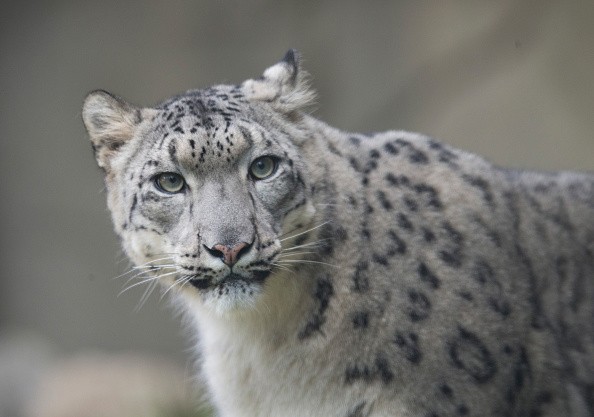Species, notably the snow leopard, are under threat from climate change.
This has prompted leading wildlife conservation organization World Wildlife Fund to work in tandem with partner-organizations and governments of the 12 Snow Leopard Range countries to scale up conservation efforts.
Efforts to contain the vanishing species of the endangered cat species that inhabit the mountain ranges of South and Central Asia translate to helping humans as well as other exotic wildlife.
The large cats that diminished to a few thousands in the high-altitude habitat spanning much of Asia's key watersheds, share a landscape consisting of freshwater rivers with more than 330 million people.
The warming effect of climate change may "drastically alter" water flowing down from the mountain ranges and affect livelihood of countless people, WWF reported.
Over the years, WWF and governments have dedicated efforts to preserving what remains of lush forests and the wildlife thriving there but faced big hurdles. Certain countries, such as Bhutan, have demonstrated promising wildlife and habitat protection strategies.
Apart from high-level talks among nation-states that include the Kyrgyz Republic, community-building efforts led by biologists, coupled with policies, incentives, and funding, can do much for snow leopard conservation.
Also contributing to the dwindling number of the species are human intrusions like poaching and trading of the snow leopard's pelt, claws, teeth and bones for commercial use.
Climate change emerges as a real and emerging threat that looms in the midst of current and future wildlife conservation efforts expanding across the 12 countries.
Climate change, not to mention indirect threats that include rapid population growth and development pushing into snow leopard habitats, all have a huge impact on the endangered species.
To date, the Global Snow Leopard and Ecosystem Protection Program is aiming to secure 20 landscapes by 2020, a news release in the organization's website stated.
Conservation of the snow leopard and its natural habitat sets the stage in addressing other wildlife protection issues.



























